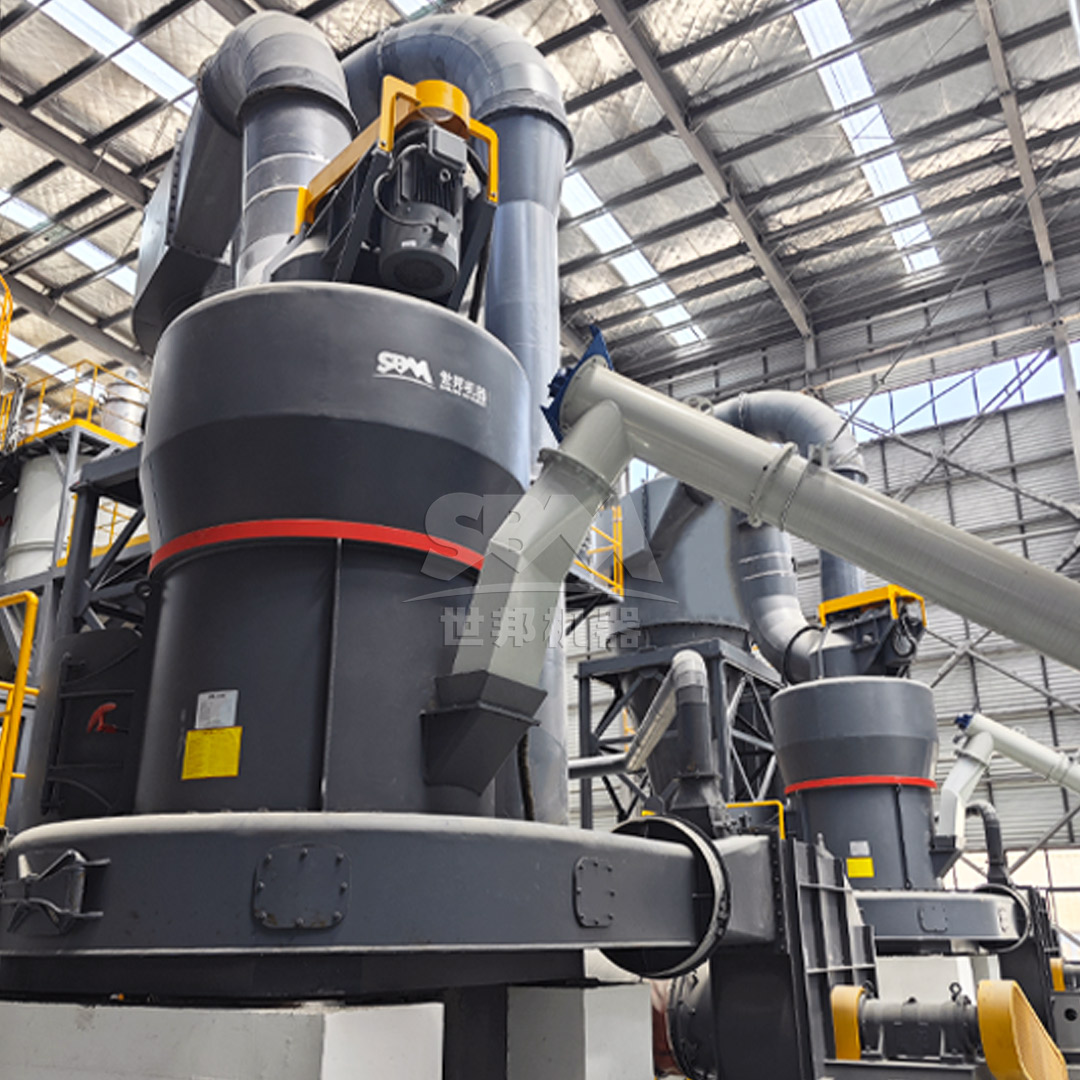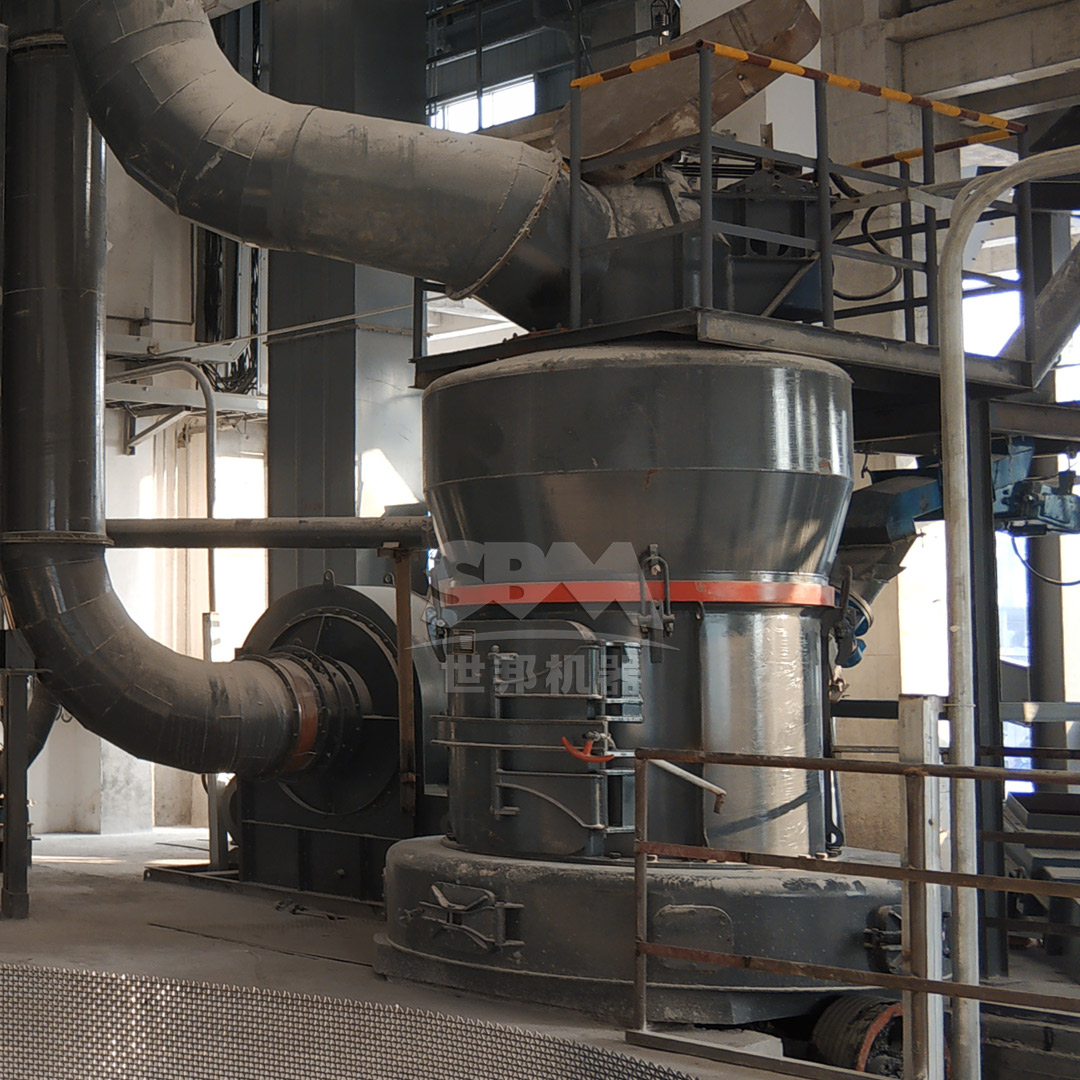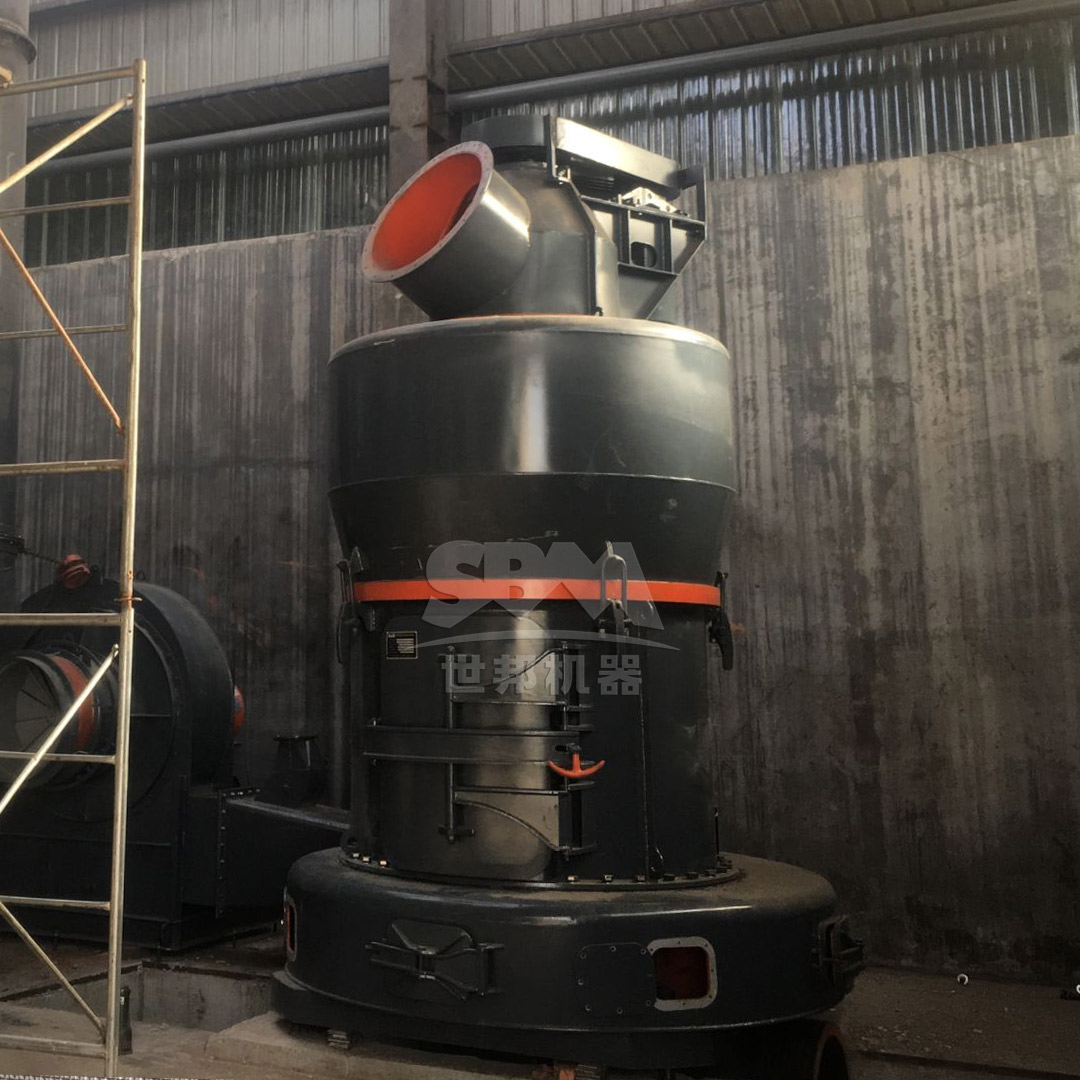The manufacturing of high-precision optical components demands exceptional material quality and processing precision. Quartz, with its unique optical properties, thermal stability, and chemical resistance, has become a critical material for lenses, prisms, windows, and other optical elements used in advanced imaging systems, laser technology, and scientific instruments. The grinding process for optical-grade quartz requires specialized equipment capable of producing ultra-fine powders with precise particle size distribution, minimal contamination, and consistent quality.
Traditional grinding methods often fall short in meeting the stringent requirements of optical applications, where even minor variations in particle size or contamination can significantly impact optical performance. Modern quartz grinding plants must address multiple challenges simultaneously: achieving sub-micron precision, maintaining production efficiency, ensuring operational reliability, and meeting environmental standards. This article explores the technical considerations for optimizing quartz grinding processes and introduces advanced milling solutions that can transform optical component manufacturing.
The production of high-quality optical components begins with precisely controlled quartz powder. The material must meet several critical specifications to ensure optimal performance in finished optical elements.
Optical applications require exceptionally tight control over particle size distribution. For most high-precision components, the target fineness ranges from 325 mesh to 2500 mesh (45μm to 5μm), with D97 values consistently below specific thresholds. The particle size distribution directly affects the sintering behavior, transparency, and mechanical properties of the final optical components. Narrow distribution curves prevent packing irregularities during forming processes and ensure uniform densification during sintering.
Quartz intended for optical applications must maintain high chemical purity throughout the grinding process. Contamination from grinding media, lining materials, or external sources can introduce impurities that compromise optical transmission properties. Iron contamination, in particular, must be minimized as it can cause discoloration and reduce light transmission efficiency. Advanced grinding systems employ specialized wear-resistant materials and enclosed designs to prevent metallic contamination.
The shape and surface characteristics of quartz particles significantly influence the processing and performance of optical components. Ideal particles exhibit uniform morphology with minimal sharp edges or irregular shapes that could create stress concentrations. Controlled grinding processes produce particles with optimized surface area and morphology for better packing density and sintering behavior.

Modern quartz grinding for optical components has evolved beyond conventional ball milling approaches. Several advanced technologies offer specific advantages for producing optical-grade quartz powders.
For the most demanding optical applications requiring particle sizes down to 5μm (2500 mesh), specialized ultra-fine grinding systems provide unparalleled precision. These systems typically incorporate advanced classification technology that enables precise cut-point control and eliminates coarse particle contamination. The integration of intelligent control systems allows real-time monitoring and adjustment of grinding parameters to maintain consistent product quality.
Among these advanced solutions, the SCM Ultrafine Mill represents a significant technological advancement for optical-grade quartz production. With an output fineness range of 325-2500 mesh (D97≤5μm), this system specifically addresses the requirements of high-precision optical components. Its vertical turbine classifier enables precise particle size control, ensuring no coarse powder contamination in the final product. The intelligent control system automatically monitors and adjusts operational parameters based on real-time feedback of product fineness, maintaining consistent quality throughout production cycles.
| Technical Feature | Benefit for Optical Quartz Grinding |
|---|---|
| Output Fineness: 325-2500 mesh | Meets stringent requirements for optical component manufacturing |
| Vertical Turbine Classifier | Precise particle size control without coarse powder contamination |
| Special Material Roller & Grinding Ring | Minimizes iron contamination, extends service life |
| Pulse Dust Collection System | Maintains clean production environment |
| Noise Level ≤75dB | Creates better working conditions |
Modern optical quartz processing benefits significantly from integrated systems that combine grinding and classification in a single, optimized process flow. These systems reduce handling, minimize contamination risks, and improve overall efficiency. The classification component is particularly critical for optical applications, as it ensures that only particles within the specified size range proceed to subsequent processing stages.
The LUM Ultra-fine Vertical Mill exemplifies this integrated approach with its multi-rotor classification technology that guarantees a final product free of coarse particles. The system’s unique roller and liner curve design enhances grinding efficiency while maintaining the chemical integrity of the quartz material. For optical component manufacturers, the PLC-based automation system provides stable operation and consistent output quality, with processing capabilities ranging from 1.6 to 15 tons per hour depending on the specific model requirements.

Beyond equipment selection, several process optimization strategies can significantly enhance the quality and efficiency of quartz grinding for optical applications.
Proper preparation of feed material is crucial for optimizing grinding efficiency and product quality. Quartz raw material should be pre-processed to achieve consistent sizing before introduction to the fine grinding system. Implementing multi-stage crushing with intermediate screening ensures uniform feed size distribution, which promotes stable operation and consistent product fineness. For optical-grade quartz, additional washing and purification steps may be necessary to remove surface contaminants and improve chemical purity.
Grinding processes are typically energy-intensive, making energy optimization both an economic and environmental imperative. Modern grinding systems incorporate several energy-saving features, including optimized grinding geometry, efficient classification systems, and heat recovery mechanisms. For quartz grinding applications, specific energy consumption can be reduced by 30-40% compared to conventional systems through proper equipment selection and process optimization.
Implementing advanced automation and process control systems is essential for maintaining consistent product quality in optical quartz grinding. Real-time monitoring of critical parameters such as feed rate, grinding pressure, classifier speed, and product fineness enables immediate adjustment of operating conditions. Modern control systems can automatically compensate for wear in grinding elements, maintaining consistent performance throughout the equipment’s service life.
The production of optical components must address several environmental considerations to ensure sustainable operation and compliance with regulatory standards.
Quartz dust poses significant health risks and must be effectively controlled throughout the grinding process. Modern grinding plants employ comprehensive dust collection systems that typically incorporate multiple stages of filtration. Pulse-jet dust collectors with efficiency exceeding 99.9% are standard in optical quartz processing facilities. These systems not only protect worker health but also prevent product loss and environmental contamination.
Grinding operations can generate significant noise, which must be controlled to protect workers and comply with regulatory limits. Advanced grinding systems incorporate multiple noise reduction technologies, including acoustic enclosures, vibration damping, and optimized mechanical designs. Modern ultra-fine grinding systems typically operate at noise levels below 80dB, creating safer and more comfortable working environments.
Optimizing resource utilization extends beyond energy management to include water consumption, consumable wear parts, and operational materials. Modern grinding systems designed for optical quartz processing feature extended service intervals for wear parts, reduced consumption of grinding aids, and minimal requirements for auxiliary materials. These efficiency improvements contribute to both economic and environmental performance.

A leading optical component manufacturer recently transitioned from conventional ball milling to advanced ultra-fine grinding technology to improve product quality and production efficiency. The company specialized in high-precision quartz lenses for scientific instruments and faced challenges with inconsistent particle size distribution and metallic contamination from their existing grinding system.
After comprehensive evaluation of available technologies, the manufacturer selected the SCM Ultrafine Mill system specifically configured for optical-grade quartz processing. The implementation included several key modifications to address the unique requirements of optical materials:
The results demonstrated significant improvements across multiple performance metrics. Product consistency increased, with D97 values maintained within ±2% of target specifications. Metallic contamination levels decreased by 85%, substantially improving the optical transmission properties of finished components. Energy consumption per ton of processed quartz decreased by 32%, while overall production capacity increased by 45% due to higher operational efficiency and reduced downtime.
The field of quartz grinding for optical applications continues to evolve, driven by advancing material requirements and technological innovations. Several emerging trends are likely to shape future developments in this sector.
The integration of grinding systems with Industry 4.0 technologies enables new levels of process optimization and quality control. Digital twins of grinding processes allow for virtual testing of operational parameters and predictive maintenance scheduling. Advanced analytics applied to operational data can identify subtle correlations between process variables and product quality, enabling continuous improvement beyond what traditional methods can achieve.
Research in material science continues to develop new quartz-based composites and hybrid materials with enhanced optical properties. These advanced materials often present new grinding challenges that require specialized approaches. Future grinding systems will need increased flexibility to handle diverse material compositions while maintaining the stringent quality standards required for optical applications.
Environmental considerations will continue to drive innovation in quartz grinding technology. Future developments may include more efficient energy recovery systems, water-free processing methods, and closed-loop material handling that minimizes waste. The use of renewable energy sources to power grinding operations represents another area of potential development for environmentally conscious optical component manufacturers.
The production of high-precision optical components from quartz material demands sophisticated grinding solutions that can deliver exceptional particle size control, chemical purity, and operational efficiency. Modern ultra-fine grinding systems, such as the SCM Ultrafine Mill and LUM Vertical Mill, provide the technological foundation for meeting these demanding requirements. Through proper equipment selection, process optimization, and attention to environmental considerations, manufacturers can achieve new levels of quality and efficiency in optical component production.
As optical technologies continue to advance, the importance of precision grinding will only increase. Manufacturers who invest in advanced grinding technology and process optimization today will be well-positioned to meet the evolving demands of tomorrow’s optical applications. The integration of digital technologies, sustainable practices, and continuous process improvement will define the next generation of quartz grinding plants for high-precision optical components.